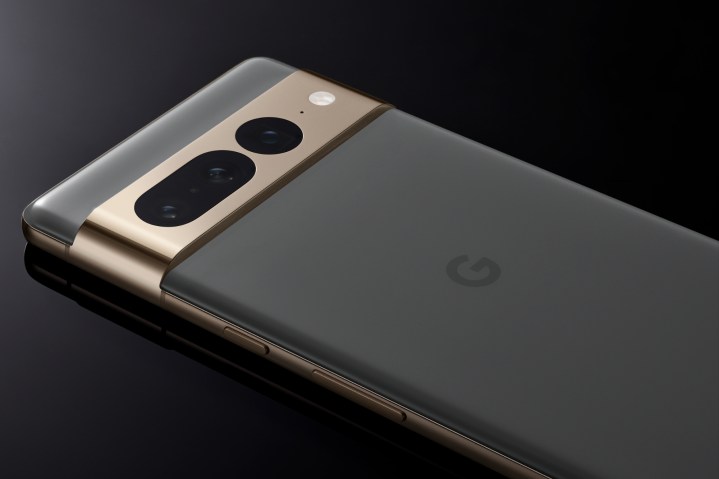Google today announced the Pixel 7 and Pixel 7 Pro, its flagship phones for 2022, at its #MadeByGoogle October event. Both of these devices will replace the now discontinued Pixel 6 and Pixel 6 Pro, slotting in at precisely the same price points of $600 and $900, while the Pixel 6a will bring up the rear as the cheaper Pixels.
As with all smartphones released this year, it’s an iterative update. There’s a lot of stuff, sure, but none of it is strictly new. The camera visor, for one. Yes, it’s the same, but it’s now covered by a metal banding to protect the glass underneath. It’s a neat look that works with the colors — Obsidian, Snow, and Lemongrass (Hazel for the Pro) — to provide the Pixel’s classic dual-tone color scheme. The displays remain good and get even brighter, stopping out at 1,500 nits. If that means nothing to you, let’s just say it should almost as bright as the very good iPhone 14 Pro Max.
The same goes for the cameras. It’s a pair of new Google Pixels, so the cameras are always worth talking about. All smartphone cameras are good, with the differences being mediated by software. Google has worked on a specific, contrasty look for its Pixels (one that’s also better attuned to accurately represent people of color). If you like the look, you can expect more of that. If you don’t, you can expect more of it nonetheless. The camera sensors remain the same: a 50-megapixel main shooter for the pair, joined by a 12MP ultra-wide camera, with a 48MP telephoto lens for the Pro. All the old hits return, including Magic Eraser, Real Tone, Face Unblur, Night Sight, and so on. Google’s bringing in some new ones, including Macro Focus and Cinematic Blur. Sure the iPhone had these first, but Google had a 48MP camera first, so it’s all swings and roundabouts.
There’s also some new-but-not-so-new stuff to the front camera. Now there’s an 11MP selfie camera for both phones and you’re able to capture ultra-wide selfies with this. It’s something that came with the

Other than that, a lot of what is here should remind you of the Pixel 6. The centered hole punch is here without a Dynamic Island, the always-on-display remains without substantial changes. There’s glass on the rear (Gorilla Glass Victus) and metal on the sides. You can grab both of these phones with up to 256GB of internal storage (the Pro goes up to 512GB, though) paired with 8 or 12GB of
Google’s
Editors' Recommendations
- The first Google Pixel 9 Pro hands-on photos are here
- Whatever you do, don’t buy the Google Pixel 7a right now
- Google Pixel 9: news, rumored price, release date, and more
- 5 phones you should buy instead of the Google Pixel 8 Pro
- 5 phones you should buy instead of the iPhone 15 Pro

